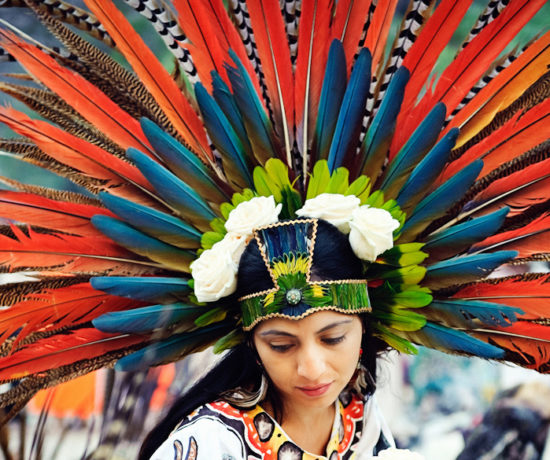There are various reasons for eating locally sourced food: contributing to the conservation of planet earth and supporting local suppliers are two of them. When we came up with the idea to import food from other countries, we also increasingly started to think that ’the grass is always greener on the other side’. But trends come and go and nowadays we appreciate locally sourced food just as much. Supporting a local supplier and contributing to the conservation of planet earth makes us feel better about ourselves. Moreover, there is another reason to appreciate our locally grown food. An example from Iceland.
Its weather conditions are extreme. Intense light or intense darkness to start with. The sun shines all the time during Summer, from May to August. ‘Night’ is then simply dusk. It does not get any darker. The setting sun merely touches the horizon for a moment and then simply rises again one minute later. You cannot see the stars as there is too much light – imagine only seeing the moon and no stars during Summer.
Harsh Environment
“Any plant that wants to grow here must be very strong in order to survive,” Kristina – a native Icelandic – says. We wiz across the southern part of the island by car. Kristina is driving. We alternately see moss-covered lava fields and fields of violet lupine. A lake with rugged shores. A bare mountain and lots of bare planes – all breathtaking.
The light, the darkness, the temperatures and the weather on this part of planet earth make it difficult for flora and fauna to survive. And for humans as well. An average outdoor temperature of 10 to 12 degrees Celsius is quite normal and in Winter it drops even further. Nowadays, we can easily accommodate to this, even in Winter. Growing food in the cold soil however is more difficult. Life was especially harsh back in the days when greenhouses did not exist yet and the import of food was a slow process.
Strong Plants
Then you really have to know your way in the world of plants. But nature lends a helping hand for survival: the plants that manage to grow here have healing and medicinal properties that are beneficial for all human beings living in this climate. Kristína: “Unlike the calming and sedative herbs in countries with a warmer climate, we have many herbs that strengthen the body and mind. Like Hvön, for example, [Angelica] or burnirót [rodeola rosea, Pink Root] that gives you energy and strength and helps against depression. Pink Root is an adaptogen, which is a plant that helps balance your system. If you need rest, it will make you tired. If you need energy and strength, it will give you this. Vallhumall [Yarrow] is another super herb. If you do not know what ailment you have, then use Yarrow and it will fix you ninety percent of the time. Víðir [Salix] is also a strengthening herb and works as a natural aspirin against pain.”
All-Round Angelica
I saw lots of Angelica, with its semi-bulging flower heads, along the way. You almost trip on them as there are so many. You need to know what type you are dealing with. “We have three types of Angelica. Risa hvönn [Giant Angelica], which is poisonous. Its leaves cause burns on your skin. Geitarhvönn [‘Goats Angelica’, angelica sylvestris] is really good for medicinal purposes. Arch hvönn [angelica archanchelica, Large Angelica] is edible.”
Angelica can also be found in nature in the Netherlands. It is part of the Umbelliferae family, which also includes cow parsley and the poisonous hog weed.
Various Purposes
I find out by reading Herbarium, the beautifully illustrated book of herbs by Caz Hildebrand, that the edible type of Angelica can be eaten entirely. Stem, leaf, flowers and seeds. You can serve the stems, for example, as steamed vegetables or put the young leaves in a nice salad.
You can also extract oil from Angelica. “It can help reduce bronchitis and asthma by putting it in a steam bath. Or put it in your bath and it will stimulate your lymphatic system and battle yeast infections. Creams with Angelica help stimulate the blood circulation and alleviate arthritis, migraines, colds and the flu.” The leaf can also be used as air refresher. In Alaska, boiled Angelica has traditionally been used – and is still used – to speed up the healing of wounds.
Plants naturally also tell us something about the type of soil in which they grow. Angelica likes moist soil and there is plenty of that in Iceland. Even warm moist soil in places where hot springs pop up.
Each part of planet earth has its own type of plants that offer the inhabitants something unique. It is nice to discover what plants and purposes you can find when you are traveling. A different and interesting approach to discover the natural habitat.




